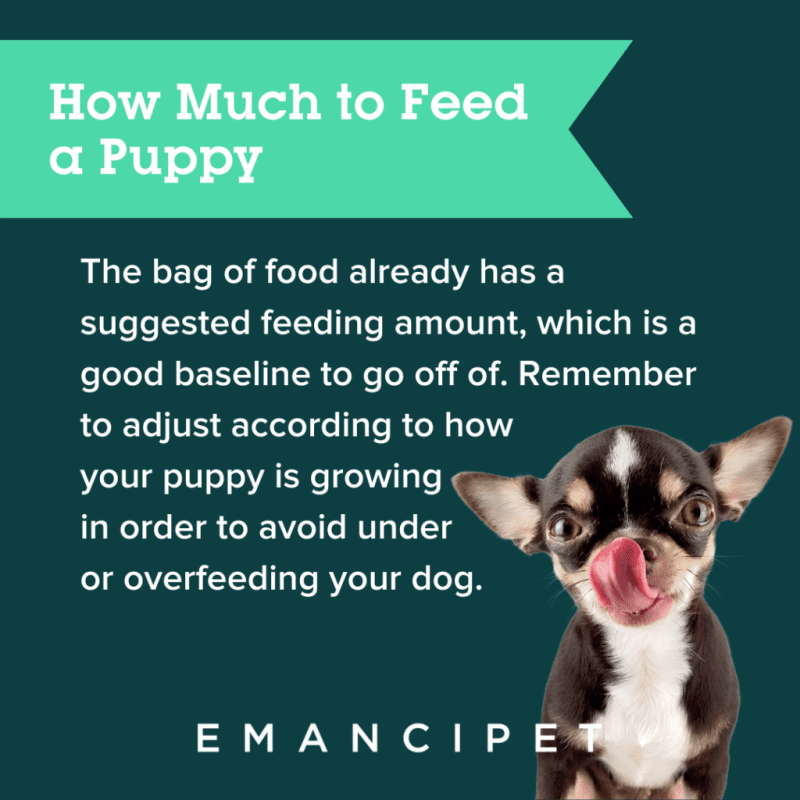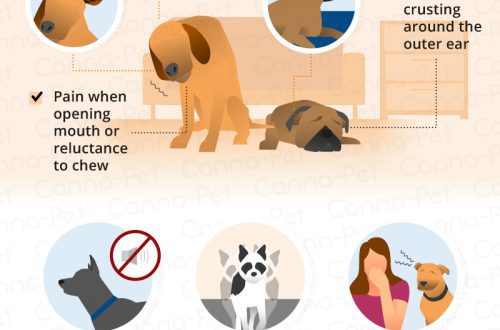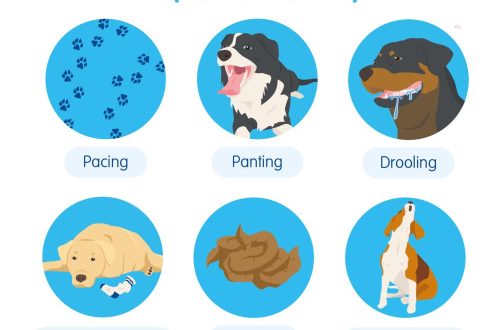
Things to remember about feeding your puppy
Getting a puppy is great. However, the arrival of a new pet in the house means not only pleasure, but also changes, to which both he and your family will need to adapt.
One of the most important things in teaching your baby to a healthy lifestyle is paying close attention to his ever-changing nutritional needs.
The puppy’s diet should be regulated as clearly as possible, especially while he is small. For the first few days after moving in, continue to feed him the same food he was used to at the shelter or kennel. So the pet is easier to adapt to the new environment.
If you decide to switch your puppy to another food, do it gradually over the course of a week. In the first two days, mix the new food with the old one in a ratio of 1:3. Then increase the amount of the new to 50%, after another couple of days – up to 75% per serving. This approach will reduce the load on the digestive system and help the baby get used to the new taste and texture. Following a puppy’s diet will regulate his digestion and make housetraining easier for you.
If you are not sure whether to replace the food that was fed in a shelter or kennel with a new one, be sure to ask your veterinarian this question at the first visit. The specialist will give you recommendations, taking into account the state of health, breed, growth rate and other factors. Experienced dog breeders should also listen to the advice of a doctor, because even if you already had a puppy before and you gave him a certain food, the nutritional needs of a new tenant may differ significantly.
How much food should a puppy eat?
The amount of food eaten by the puppy should be sufficient to maintain ideal body weight. As a starting point, use the recommendations on the label of the food you are using. The daily ration will depend on age, size, breed, activity level, temperament, environment and health. To maintain optimal weight, don’t overfeed your dog, even if he looks hungry and begs for more food.
You should not leave food freely available to the puppy during the day: he is unlikely to be able to cope with the temptation and eat everything that you offer him. It is also not necessary to offer additional portions, even if you have a large breed dog: this approach can lead to obesity and problems with bone development. To maintain an active lifestyle, a puppy without developmental features should be fed 3-4 times a day. This amount can be reduced to two times a day after they reach six months of age.
Consult with your veterinarian about a daily feeding schedule. Be sure to let the specialist know what food you are currently feeding your puppy, as not all formulas contain the same amount of nutrients. This information may affect the amount of food your doctor recommends.
Choosing the Right Food for Your Puppy
A proper puppy diet should be rich in fat, protein and calories to ensure its growth and development. Be sure to check the package recommendations: some foods contain beneficial vitamins and antioxidants to protect the immune system, others provide minerals needed to promote urinary tract health, etc.
Puppy food comes in both wet and dry, and your choice will depend on your preferences and your puppy’s. Dry food is made up of small pieces called kibbles/granules. It is economical, has a long shelf life and is easily fed to the dog. Wet food comes in tins and is best for puppies who need more moisture. such food contains 70% more liquid than dry food. If you want to diversify your puppy’s diet, you can mix the two types of food. Do your own research and choose a food that will provide your puppy with everything he needs for full growth and development. Look for foods that are “complete”. This means you won’t have to give him supplements and extra food.
When choosing dry food, you can focus on the breed of the pet. Hill’s Science Plan offers a variety of puppy food formulas based on size. So, for puppies of large breeds, Hill’s Science Plan Puppy Healthy Development Large Breed is suitable: it contains the optimal amount of minerals for healthy skeletal development, protein and L-carnitine for strong muscles. For medium sized dogs, we recommend Hill’s Science Plan Healthy Development, specially formulated for harmonious growth and development. Hill’s Science Plan Puppy Healthy Development Mini is suitable for small breed puppies, it has the ideal proportions of nutrients and nutrients, plus small granules, with which the baby will not have problems chewing and digesting. And for the little ones, Science Plan Puppy Small & Miniature is designed specifically to support oral health, healthy skin and digestion in small and miniature breeds.
When the puppy becomes an adult, he will need other nutrients. Switch from puppy food to adult dog food between the ages of 1 and 2, based on the size and breed of your pet. Large dogs may not reach maturity until they are 2 years old – it is important to feed them puppy food until they are fully grown.
picky puppies
Apart from rare treats, the puppy should only eat special food. If you train him to eat leftovers from the dinner table, he can become finicky and picky. This will lead to unhealthy habits that will affect his behavior, health and weight later in life.





